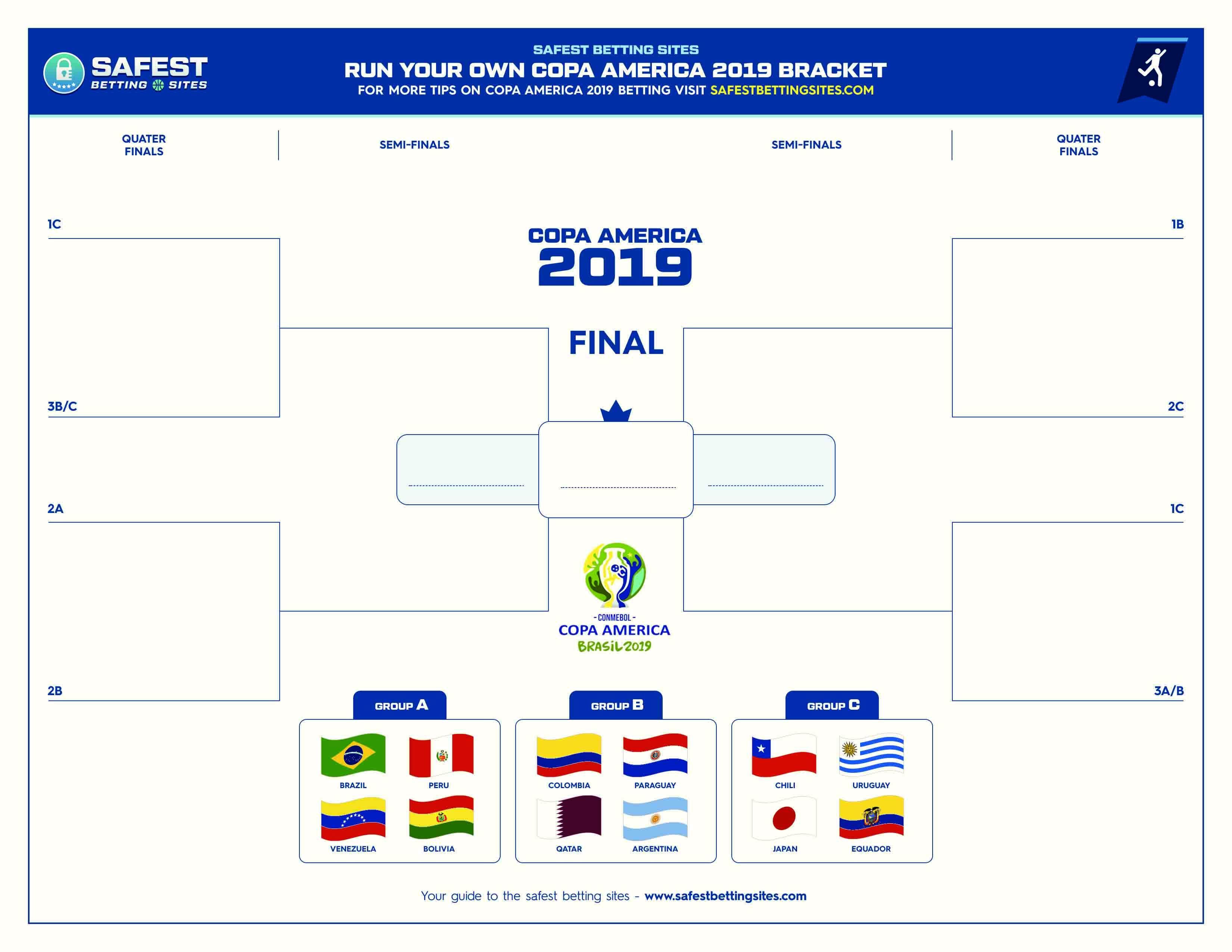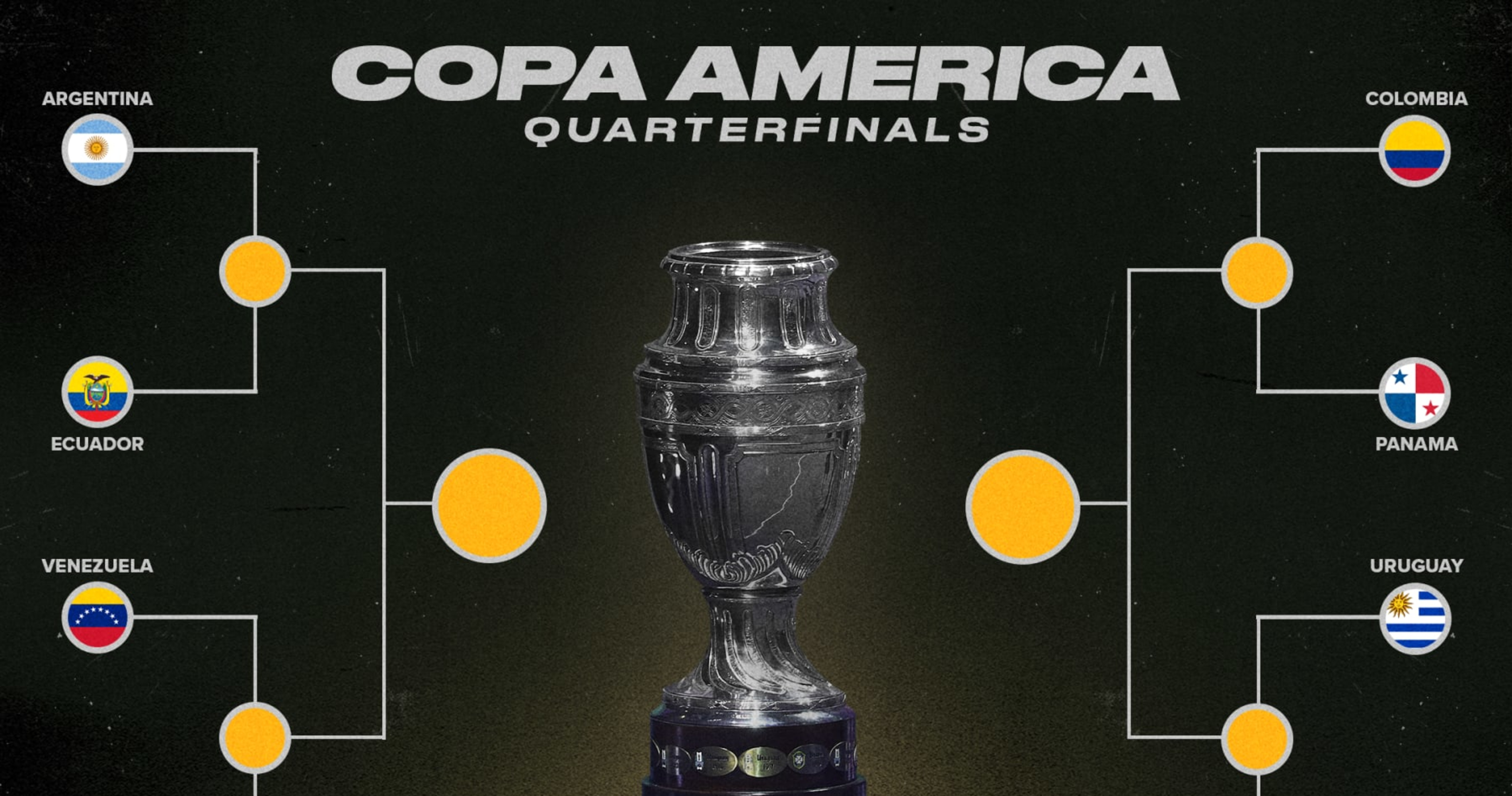Mastering the Copa America Bracket: A Guide to Understanding and Predicting the Tournament
The Copa America, the oldest international football tournament, captivates fans across the globe. Understanding the intricacies of the Copa America bracket is crucial for any football enthusiast looking to follow the tournament closely or participate in prediction challenges. This article delves into the structure, history, and strategies for predicting outcomes in the Copa America bracket.
Key Takeaways
- The Copa America bracket is a knockout tournament structure with group and elimination stages.
- Understanding team histories, player performances, and tournament formats enhances prediction accuracy.
- Analyzing past tournaments provides insights into potential outcomes and surprises.

Understanding the Copa America Bracket Structure

The Copa America bracket is designed to accommodate the participation of ten South American nations, along with invited teams, making it a unique blend of regional and international competition. The tournament typically unfolds in two main stages: the group stage and the knockout stage.
Group Stage
In the group stage, teams are divided into groups, usually consisting of four teams each. Each team plays the others in its group in a round-robin format. Points are awarded based on match results: three for a win, one for a draw, and none for a loss. The top teams from each group advance to the knockout stage.
Knockout Stage
The knockout stage is where the excitement intensifies. Teams that advance from the group stage compete in a single-elimination format. This stage includes quarterfinals, semifinals, and the final match, ultimately determining the Copa America champion. In some editions, a third-place playoff is also held.
Historical Context of the Copa America Bracket
The Copa America has a rich history dating back to 1916, evolving over the years in terms of format and participation. Initially, the tournament featured only South American teams, but it has since expanded to include guest nations, adding an extra layer of competition and unpredictability to the bracket.

Throughout its history, the tournament has seen dominant performances by teams like Brazil, Argentina, and Uruguay. These teams have often been favorites in the Copa America bracket, but surprises and upsets are not uncommon, adding to the tournament’s allure.
Strategies for Predicting the Copa America Bracket
Predicting the outcomes of the Copa America bracket requires a blend of analytical skills, historical knowledge, and a bit of luck. Here are some strategies to enhance your predictions:
Analyze Team Form and Player Performance
One of the key factors in predicting the Copa America bracket is analyzing the current form of the teams and their star players. Teams that have performed well in recent international matches or possess standout players are often more likely to advance through the bracket.
Consider Historical Trends
Reviewing past tournaments can provide valuable insights. Some teams have a history of performing well in Copa America, while others may struggle. Understanding these trends can help in making informed predictions.
Account for External Factors
External factors such as injuries, weather conditions, and venue locations can significantly impact match outcomes. Keeping an eye on these elements can give you an edge in predicting the bracket.
Embrace the Unpredictable
The Copa America is known for its surprises. While it’s essential to base predictions on data and trends, being open to unexpected outcomes can enhance your overall experience and enjoyment of the tournament.
The Impact of the Copa America Bracket on Fans and Football Culture
The Copa America bracket is more than just a tournament structure; it represents a celebration of football culture across the Americas. The tournament brings together fans from diverse backgrounds, uniting them in their passion for the sport.
For many fans, following the bracket is an opportunity to engage in friendly rivalries, support their favorite teams, and participate in prediction challenges. The excitement of the knockout stages, where every match could be a team’s last, creates a thrilling atmosphere that captivates audiences worldwide.
Understanding the Copa America bracket is essential for any football fan looking to fully engage with the tournament. By grasping its structure, historical context, and strategies for prediction, you can enhance your appreciation of the games and even improve your chances in prediction challenges. As the tournament unfolds, remember that while data and trends are valuable, the unpredictable nature of football is what makes the Copa America truly special. So, prepare your predictions, gather your friends, and enjoy the thrilling spectacle that is the Copa America.

